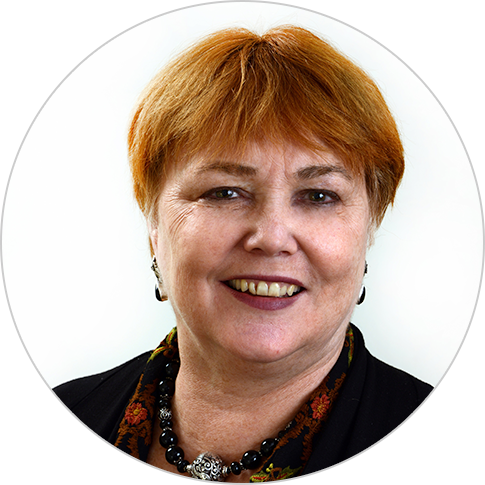
Big Goals Need Measurement
July 27, 2016 | 3 Minute ReadPresident and CEO Susanna Mudge discusses the importance of measurement in achieving the Sustainable Development Goals.
Late last year, I know many of you joined me in applauding as the United Nations formally adopted the Sustainable Development Goals, an unprecedented step that aligns development agencies and stakeholders worldwide around a single platform. The goals themselves are ambitious and sweeping — ending poverty and hunger, for instance, are goals we have been working toward for decades. But we need that ambition to unite us and drive us.
To help bring these goals fully into development work on the ground, however, we will also need realistic, understandable, and measurable indicators that we can all use to gauge our progress.
We need common definitions
It sounds simple, but for us to measure our collective progress across multiple donors, regions, and platforms, we need common definitions. Take, for example, the targets for the first goal of ending poverty. The first target is, “By 2030, eradicate extreme poverty for all people everywhere, currently measured as people living on less than $1.25 a day.” This is a clear and measurable target, even allowing for a redefinition of poverty in the next 14 years. We may not all agree that people living on $1.25 a day is the best definition of poverty, but we have a common understanding.
But what about this target: “By 2030, ensure that all men and women, in particular the poor and the vulnerable, have equal rights to economic resources, as well as access to basic services, ownership and control over land and other forms of property, inheritance, natural resources, appropriate new technology and financial services, including microfinance”?
As development practitioners, we know that access to equal economic rights is critical, but there are also many pieces of this target that will have to be defined before we can consistently measure it. What constitutes basic services? What about control over natural resources? Without common definitions, we will be measuring different things based on our own interpretations of what these words mean.
Our goals must align with the people we serve
As part of the Data Driven campaign we are working on with Devex, Chemonics Director Eileen Hoffman pointed out in her commentary that too often, the data points we choose to measure do not align with local beneficiaries and stakeholders, and thus become more of a burden to them than an asset.
For example, Goal 8 is “Promote sustained, inclusive and sustainable economic growth, full and productive employment and decent work for all.” We often measure economic growth in enterprise sales, entrepreneurship, job creation, workforce training, etc. We need to ensure that we measure these things — all of which are important ways to track economic growth — in ways that also benefit entrepreneurs and align with their own measurements of success.
The same is true of the health and education targets (Goals 3 and 4), where our work must dovetail with a wide variety of national government-managed systems to be sustainable.
But measurement can’t be everything
People often say some version of the aphorism, “You can’t manage what you don’t measure.” And in the case of the Sustainable Development Goals, measurement really is key. For us to achieve these goals by 2030, we must be rigorous in our measurement, identifying and tracking common indicators and targets and honestly and transparently gauging our progress.
However, we must also always connect our work on the ground with the larger ideals we are striving for. These are complex challenges, and there will not be a simple route to overcoming them. Setting common targets and indicators is essential, but we must also ensure we are continually reevaluating our work to ensure we stay focused on the destination, not just the milestones along the way.
We will surely hit roadblocks, not just in achieving such ambitious goals, but also in deciding how we will collectively measure our progress. But I believe we can harness the momentum begun last September to define our shared strategy, evaluate our progress, and ultimately drive lasting change worldwide.
I look forward to the journey.

